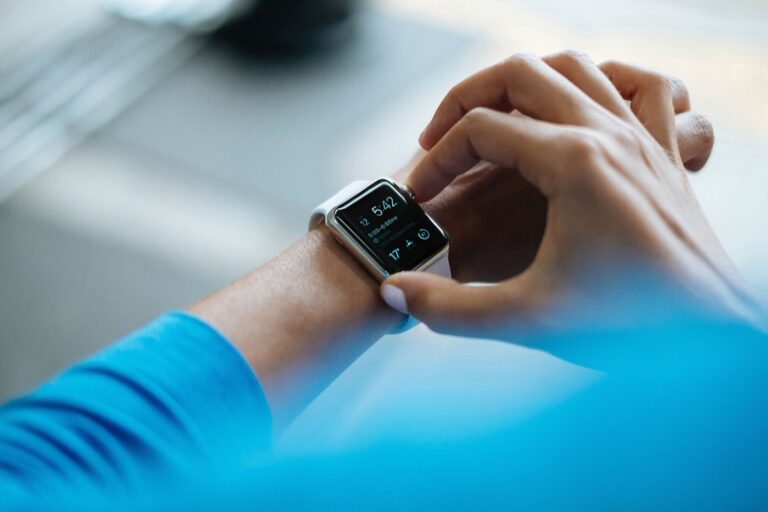How To Choose The Right Power Plug For Your Electronic Devices?
There are many different types of power plugs on the market today. Knowing which is suitable for your electronic devices can be challenging. Do you need a plug with USB ports? One that’s compatible with international voltages? You may need a simple, reliable plug that works with any device.
If you’re going to be using your devices overseas, make sure you get a plug that’s compatible with international voltages. That way, you won’t have to worry about frying your electronics when you plug them in abroad. –
If you just need a basic power plug that will work with any kind of device, plenty of options are available. Just make sure to buy one from a reputable brand to ensure it will work well and last long. Look at nema plug chart pdf for a quick guide to understanding power cord complexities.
Here’s a quick guide to help you choose the correct power plug for your needs: – If you’re looking for a plug with USB ports, ensure it has enough ports to charge all your devices simultaneously. Plugs with 2, 4, and even 8 USB ports are available.
Choose the Right Plug for Your Device’s Voltage Requirements
When it comes to powering electronic devices, the type of power plug you use is important. It’s essential to ensure your device uses a plug that meets its voltage requirements to ensure the device functions properly and without any complications. Here are some tips on how to choose the right power plug for your electronic devices:
1. Check The Voltage Requirements
First and foremost, you need to check the voltage requirements of your device before selecting a power plug. This information can be found in the user manual or on the device. You should also know different voltage standards worldwide and select a plug accordingly.
Most electronic devices require 110-120 volts. If you’re traveling internationally, you’ll need to check the voltage of the country you’re visiting to ensure you have a suitable adapter.
For example, a 5V device should normally have a similar power supply. Anything contrary can potentially damage your device.
The second thing to check here is the current. Every device requires a specific amount of current. This is the amount of current that flows through the plug and is measured in amps. Most electronic devices require 2-3 amps, but some may require more.
To find out how much amperage your device requires, check the label on the device or consult the manufacturer.
2. Consider Safety Features
When selecting a power plug, consider plugs with safety features such as ground fault circuit interrupters (GFCIs). These are designed to prevent electric shock by automatically shutting off an electrical circuit during abnormal current levels or short circuits. It’s imperative when dealing with wet environments like bathrooms or kitchens with more potential for electrical shocks.
Some power cords have special features such as overcurrent protection, a pilot lamp indicator to indicate voltage is present, or a leakage current detector. When choosing a power cord for your electronic devices, you must consider critical safety features.
-Make sure your power plug is compatible with your device’s voltage requirements.
-Check that your power plug has the correct cable attachment for your device.
-Consider the length of the cable on the power plug you choose. A longer cable will give you more flexibility in using your device.
3. Pick The Right Plug Type
There are two types of plugs that you need to consider – two-pin and three-pin plugs. Two-pin plugs usually have just two metal prongs and do not feature any ground connection, which makes them more suitable for low-power appliances such as radios or lamps.
Three-pin plugs usually feature three metal prongs and a ground connection, making them better suited for higher-powered appliances like computers and TVs. Make sure that the plug you choose is compatible with the voltage of your device.
Another thing to consider is the type of socket that you have – there are a few different sockets, so you’ll need to make sure you have a suitable adapter for your particular socket.
Finally, keep in mind that power cords must meet international standards where electrical codes may apply. This is crucial for those using their power cords overseas.
Conclusion
Choosing the correct power plug for your electronic devices can be tricky, but it’s essential to ensure you’re using the correct one for your needs. And finally, it’s always a good idea to check the reviews of power plugs before you buy them – this will help you avoid any potential problems.
By following these tips, you can ensure that you’re using the correct power plug for your electronic devices and avoid potential electrical hazards that may come with an incompatible plug type. Remember these points when selecting a power plug so you can enjoy safe and reliable operation from all your devices!






